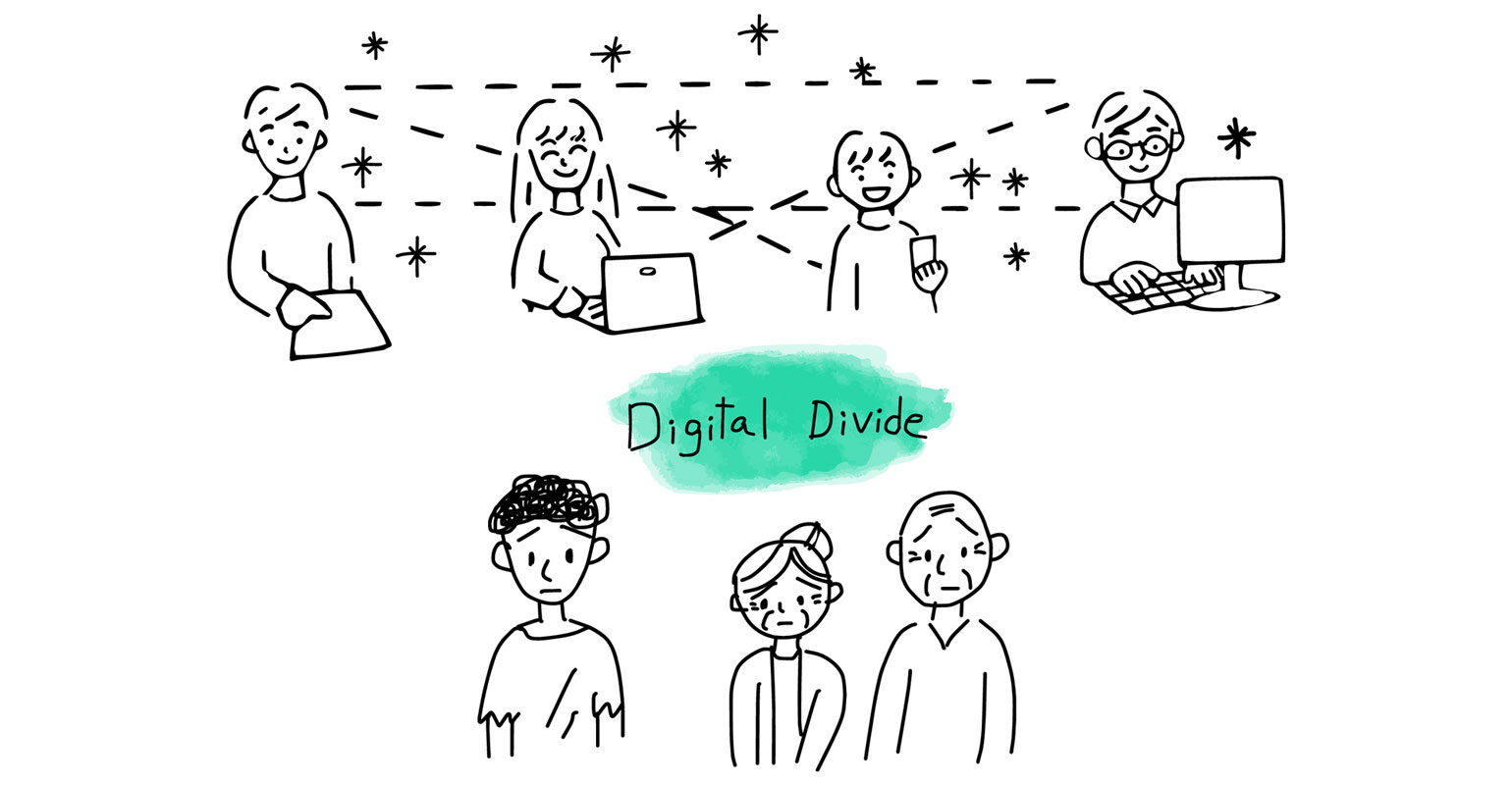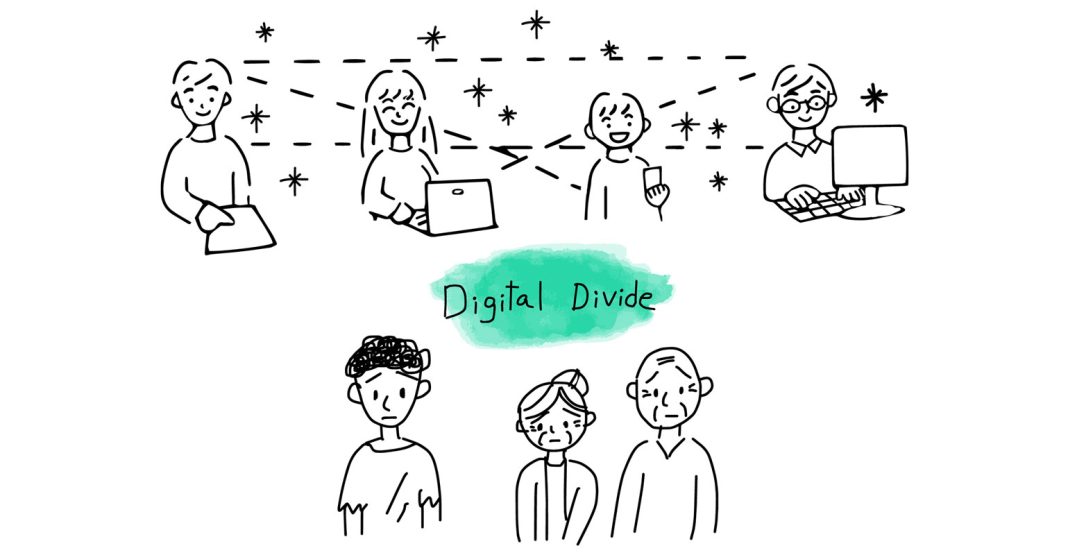 Addressing the Digital Exclusion of Remote Indigenous Communities
Addressing the Digital Exclusion of Remote Indigenous Communities
Introduction:
Remote Indigenous communities in Australia are facing significant social and economic disadvantages due to limited access to digital connectivity. Recognizing the severity of this issue, the Queensland government has committed to funding the Starlink satellite program, which aims to bridge the digital divide and provide better broadband connectivity to these communities. This move is part of the government’s larger Digital Economy Strategy Action Plan, which seeks to increase digital inclusion across the state.
Cause and Effect of Digital Exclusion:
Many First Nations communities are located in remote or rural areas with limited or no internet infrastructure. This lack of connectivity hampers access to online services and digital resources, affecting education, employment prospects, healthcare access, and social connections. It also results in a city-to-country gap in terms of internet accessibility, with Indigenous people scoring lower on the Australian Digital Inclusion Index (ADII) compared to the statewide and national averages.
According to a 2017 ADII report, Queensland ranked sixth out of eight states and territories in online participation. Indigenous people scored 47.4 on the ADII, while the statewide average was 56.3. The study also highlighted the high costs of internet access, devices, and data plans as a barrier for many First Nations families. This economic disadvantage further compounds the challenge of staying connected in a digital world.
Efforts to Bridge the Gap:
To address this digital exclusion, various programs and initiatives have been put in place. The IDX Initiative, a partnership between the National Centre of Indigenous Excellence (NCIE) and the Telstra Foundation, focuses on building digital skills and capabilities in First Nations communities through workshops, events, and programs. Additionally, the Better Internet for Rural, Regional, and Remote Communities advocates for improved connectivity.
The Starlink satellite program, funded by the Queensland government, is another crucial step towards bridging the digital divide for remote Indigenous communities. Seventeen Indigenous councils in isolated areas will receive $45,000 as part of the Rapid Low Earth Orbit (LEO) Satellite Deployment Program. This funding covers satellite equipment, installation, and improved broadband connectivity. While this initiative serves as a stop-gap measure, the government acknowledges the need for larger infrastructure projects in the long term.
Enabling Opportunities for Remote Indigenous Communities:
The funding administered by the Local Government Association of Queensland is essential in bringing about tangible change for remote Indigenous communities. Alison Smith, CEO of the association, emphasizes the importance of internet and phone services for everyday connections, emergency calls, education, and shopping. Without these essential services, closing the gap between Indigenous communities and the rest of society becomes an uphill battle.
Cherbourg Aboriginal Shire Council Mayor Bruce Simpson highlights the potential impact of the Starlink funding on Indigenous children. Reliable access to education, from school assignments to university courses and distance education, opens up digital opportunities that were previously out of reach. By investing in equal levels of digital access for First Nations rural and remote communities, the government takes a significant step towards inclusion and empowerment.
Conclusion:
The digital exclusion faced by remote Indigenous communities in Australia has far-reaching consequences, limiting access to education, employment, healthcare, and social connections. The Queensland government’s commitment to funding the Starlink satellite program is a crucial step in addressing this issue. By improving broadband connectivity and providing essential resources, Indigenous communities will have equal opportunities to thrive in a digital world. These initiatives, alongside other programs aimed at narrowing the digital divide, are vital for creating a more inclusive society that leaves no one behind.


